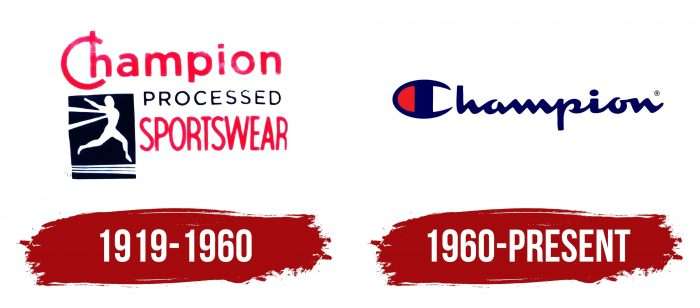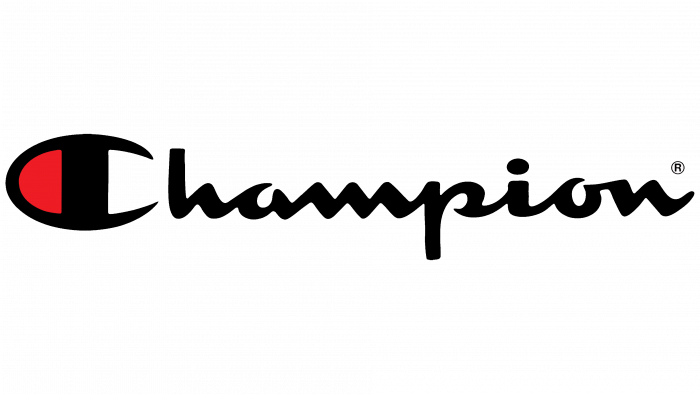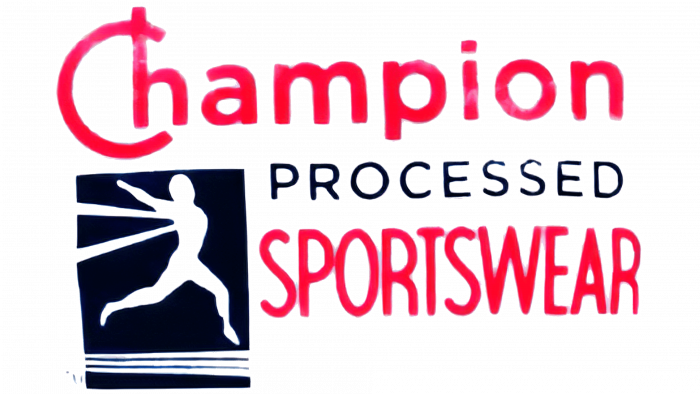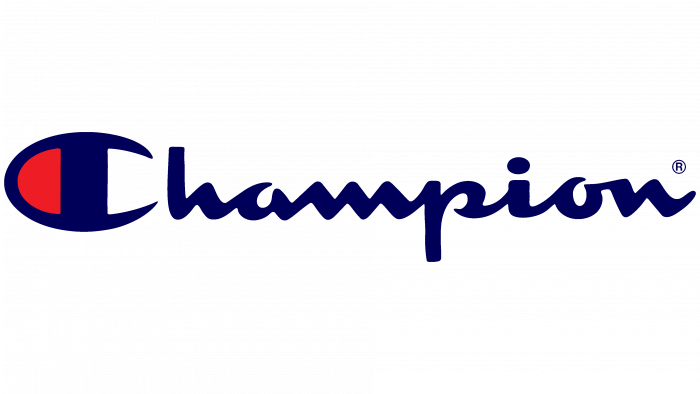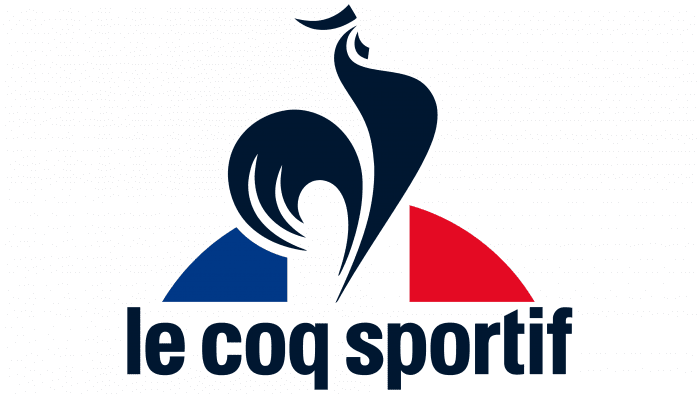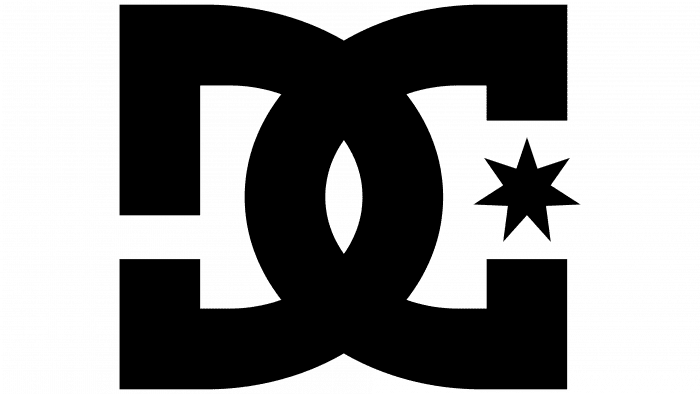The Champion logo demonstrates openness to new technologies and modern design. Emblem signs show the ability of the company’s clothing to keep warm and protect the athlete from hypothermia, hinting at softness and layering.
Champion: Brand overview
Meaning and History
First, a factory called the Knickerbocker Knitting Company received income from a contract with the Michigan Wolverines team (they sewed her uniform). Then, in the 1930s, the brand was renamed Champion Knitting Mills Inc. and included sweatshirts in the assortment. Over time, her clothing became part of the military Academy students’ outfit and was intended for physical education.
In 1989, the Sara Lee Corporation bought the brand, and around the same time, the company began to sew uniforms for the NBA (throughout the 90s). Before that, the company made sportswear for the NFL (since the 70s). In addition, the firm has signed contracts with many major colleges to supply sports equipment. She was also entrusted with uniforms for American basketball players who participated in the 1992 Summer Olympics.
Today, the emblem of this brand can be seen on the sportswear of various foreign teams—from the Premier League to the English Wigan Athletic Football Club. Champion has also signed contracts with the Wales national football team, basketball players from Greece, and a professional basketball club from Italy. The textile company’s corporate logo is well-known in the country and abroad. In total, there are two signs of visual identity in its history.
The Champion brand has only two emblems, and they are radically different. The early version contains a lot of lettering and complex graphics (a full-fledged drawing), while the latter only presents the company’s name. This means that the modification of the visual identity sign moved from a multi-structured form to a laconic one.
What is Champion?
It is an American sporting goods brand that emerged in 1919 and is owned by Hanes brands. It offers clothing for sports and everyday use, as well as shoes and various accessories.
1919 – 1960
The debut emblem was the image of an athlete crossing the finish line. This is evidenced by the tape that the athlete touches with his chest. His head is thrown back, his arms are raised, and his legs are high above the ground, which speaks of the runner’s great joy and high speed. At the bottom is the sports track, indicated by white lines. The athlete’s figure is also white. The background of the rectangular icon is contrasting – black.
Several inscriptions are at the top and to the right of the graphic sign. One of them is the brand name “Champion” with the original combined letters “C” and “h.” The second is the phrase “Processed sportswear.” All words are in a sleek sans-serif typeface.
1960 – today
The original emblem appeared by the beginning of the 1960s and is still used today. It is a coherent inscription made in a handwritten font with protruding tops of letters reminiscent of a wavy line. The manufacturers made a fabric label from the logo embroidered on clothes. Since the embroidery machine makes the line inseparable, the text is coherent.
The designers removed the image of the runner and used a different graphic sign, which was developed based on the capital “C.” It looks like a constricted pupil, an oval with a wide stripe in the middle, and an American football ball. This idea came about thanks to the combination of “C” and “h” in the old logo when the leg of the second letter overlapped the first.
Champion: Interesting Facts
Champion, a part of HanesBrands Inc., is a well-known American sportswear and footwear brand. Started in 1919 in Rochester, New York, by the Feinbloom brothers, Champion has evolved into a global name famous for changing the game in athletic wear and fashion.
- Early Days: It began as Knickerbocker Knitting Company, making a name for itself with quality sweatshirts, athletic socks, and sports gear.
- Creating the Hoodie: In the 1930s, Champion invented the hoodie so New York warehouse workers could stay warm. It has since become a fashion must-have worldwide.
- College Sportswear: Champion teamed up with the University of Michigan in the 1930s to make warm-ups, starting its long relationship with college sports and branded athletic wear.
- Reverse Weave Technology: In the 1950s, Champion developed the reverse weave to stop cotton sweatshirts from shrinking, improving durability and comfort.
- S. Olympic Teams Gear: Champion has outfitted U.S. Olympic teams, showcasing its high-quality, performance-driven gear.
- Fabric Innovations: The brand introduced technologies like Double Dry, which wicks moisture away, and breathable mesh fabrics, raising the bar for sportswear.
- Streetwear Icon: Champion has become a major name in streetwear. It is known for its quality and classic logo, which attract a diverse fan base.
- Designer Collaborations: It has worked with big names like Supreme and Off-White, merging athletic wear with high fashion and street style, broadening its appeal.
- A Century of Quality and Innovation: For over 100 years, Champion has focused on innovation and quality, earning a spot as a leader in sportswear and influencing fashion trends.
From a small family business to a worldwide icon, Champion’s dedication to innovation, quality, and meeting the needs of athletes and style enthusiasts alike has cemented its status in the sportswear industry.
Font and Colors
In the first logo, the designers used a chopped typeface – smooth, even, and thin. In the second, they preferred a typeface from the handwritten category resembling Monoment.
If only red, black, and white prevailed in the early version of the emblem, dark blue was later added to it.
FAQ
What font is the Champion logo?
The brand uses the KNOCKOUT family of fonts, known for their bold, clean, and versatile designs. Specific fonts Champion uses include:
- Welter Weight: This medium-weight font provides a balanced and strong appearance. It is used in logos and headlines, creating a clear and impactful visual identity.
- Junior Cruiser: This font is slightly lighter than Welter Weight. It is typically used for subheadings or additional text. It maintains consistency with the main font but offers a slight weight change. Its clean lines and simple design make it ideal for displaying additional information that needs to be easy to read.
- Junior Middle: This font falls between the Welter Weight and Junior Cruiser fonts. It can be used for both primary and secondary text, providing design versatility.
The brand achieves a harmonious and professional look for all its materials using these three fonts.
When was Champion made in the USA?
The brand was founded in the USA by the Feinbloom family. They established the company in Rochester, New York, as Knickerbocker Knitting Mills. The Feinblooms saw a growing demand for high-quality sportswear and aimed to create durable, comfortable gear for athletes.
Champion became popular with college sports teams. It is known for its durable sportswear, and its name became associated with performance. One of the key innovations was reverse weave knitting technology. As the company grew, it expanded its product line to include hoodies, sweatshirts, and other activewear.
Today, Champion is a leading sportswear brand known for its iconic designs and high-quality products.
What does the Champion logo mean?
The logo embodies the brand’s goal to transform American athletes into champions. The company began by making uniforms for sports teams and has always focused on creating high-quality sportswear to help athletes perform at their best.
The logo’s colors remind us of the US flag, emphasizing the brand’s American origins and patriotic spirit. The prominent letter “C” stands for “Champion” and represents the idea of being a champion in sports and life. The bold, curved lines of the letter “C” convey strength, movement, and dynamism. The logo’s red, white, and blue colors reflect the brand’s values and the desire to develop these qualities in athletes. The clean, simple typography in the logo conveys clarity and precision, ensuring the design remains relevant and recognizable across generations.
Is Champion a women’s brand?
The brand produces products for both men and women, catering to everyone interested in sports and an active lifestyle. Their extensive range of products meets the needs of various customers, regardless of gender.
The men’s and women’s lines include sports equipment to enhance athletic performance. The brand offers casual and stylish clothing designed for everyday wear, including comfortable and fashionable styles for non-sports purposes. It is a universal brand that caters to both men and women.
Does Nike own a Champion?
HanesBrands Inc., not Nike, owns the brand. HanesBrands Inc. is a global clothing company known for brands such as Hanes, Playtex, and Wonderbra. They acquired the company in 2006 to enter the sportswear market.
The company was founded in 1919 as Knickerbocker Knitting Mills by the Feinbloom family in Rochester, New York. The brand has gained a reputation for high-quality sportswear, especially since developing the reverse weave knitting technique. Throughout the 20th century, the brand grew in popularity, becoming a sportswear staple and partnering with major sports organizations. Under HanesBrands’ leadership, the company expanded its operations worldwide, becoming widely recognized in the international sportswear market. The brand’s products are available in many countries and continue to grow through marketing and distribution initiatives.
Why did the Feinbloom brothers make Champion?
The Feinbloom brothers founded their company because they were dissatisfied with the quality of sportswear in the early 20th century. They opened their workshop to produce high-quality sportswear.
In the early 20th century, sports uniforms were poorly made and not durable. The Feinbloom brothers saw this gap and sought to create better, more durable sportswear. They believed that athletes deserved uniforms that looked good and performed well. Their goal was to produce high-quality sportswear that addressed these shortcomings. They focused on the needs of athletes, aiming to revolutionize sportswear. This led to the development of the reverse weave knitting technique, which reduced shrinkage and increased the life of the clothing. This early success established the company as a respected name in the sportswear industry.

